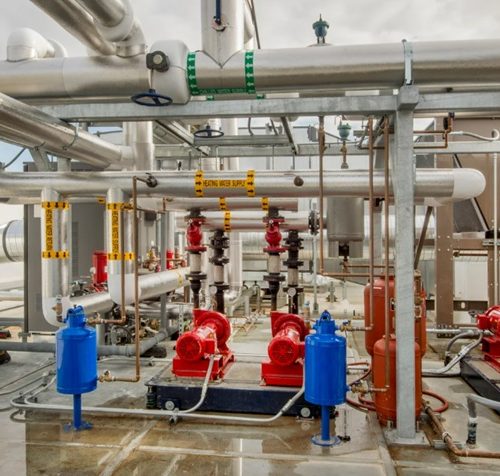Introduction: The cornerstone of any manufacturing unit is its capacity to handle fluids effectively, and the role of fluid handling equipment in this task cannot be overstated. High-performance fluid handling sets the tone for efficient operations, ensuring the delivery of quality products and services. However, mistakes are common and can blur the bright prospects of effective fluid handling. The remedy? Identifying and avoiding these commonplace errors in fluid handling.
Contriving an Error-proof Fluid Handling Strategy
To comprehend the mistakes in fluid handling and their avoidance, we need to journey into the heart of manufacturing. Fluid handling is pivotal to manufacturing processes such as cooling, lubrication, and process feeding. Let’s delve into the common errors in fluid handling.
Common Mistakes and Effective Countermeasures
- Inappropriate Equipment Selection
The industry’s diverse needs necessitate varied equipment. Using a one-size-fits-all approach leads to system inefficiencies and increased downtime. The decision to invest in equipment should factor in fluid properties, operating conditions, and power accessibility.
- Neglecting Maintenance Requirements
Regular system maintenance is key to optimal performance. Neglecting regular cleaning, inspection, and servicing leads to equipment failure and avoidable downtime.
- Mishandling of Fluids
Improper handling of fluids can cause sub-par product quality and potential hazards. Factory workers must be well-trained in the correct handling procedures to ensure safety and efficiency.
- Overlooking System Automation
Automation in fluid handling systems can improve accuracy and increase productivity. Ignoring automation opportunities means missing out on these advantages.
- Ignoring Environmental Considerations
Embracing environmentally friendly practices not only helps meet regulatory requirements but also improves system functionality and longevity.
It’s clear that averting these common mistakes can pave the way for efficient manufacturing and improved ROI.
Cultivating a Foolproof Fluid Handling System
In essence, a keen understanding of equipment capabilities and regular maintenance can deter the chances of encountering these common errors. With this selection of fluid handling equipment, you can set a firm foundation for optimal operations, virtually improving every production facet from fluid control to overall safety.
Conclusion: In a manufacturing industry that is unforgiving of errors and inefficiencies, evading common fluid handling mistakes is a firm step towards operational excellence and sustainability. Investing in advanced fluid handling equipment and educating the workforce on their correct use and maintenance can pave the way for a seamless and efficient manufacturing process. As Winston Churchill once said, “Those who fail to learn from history are condemned to repeat it” – mistaking fluid handling can cost dearly, but understanding and rectifying these errors will set you on a path to meet, and even exceed your manufacturing goals.





